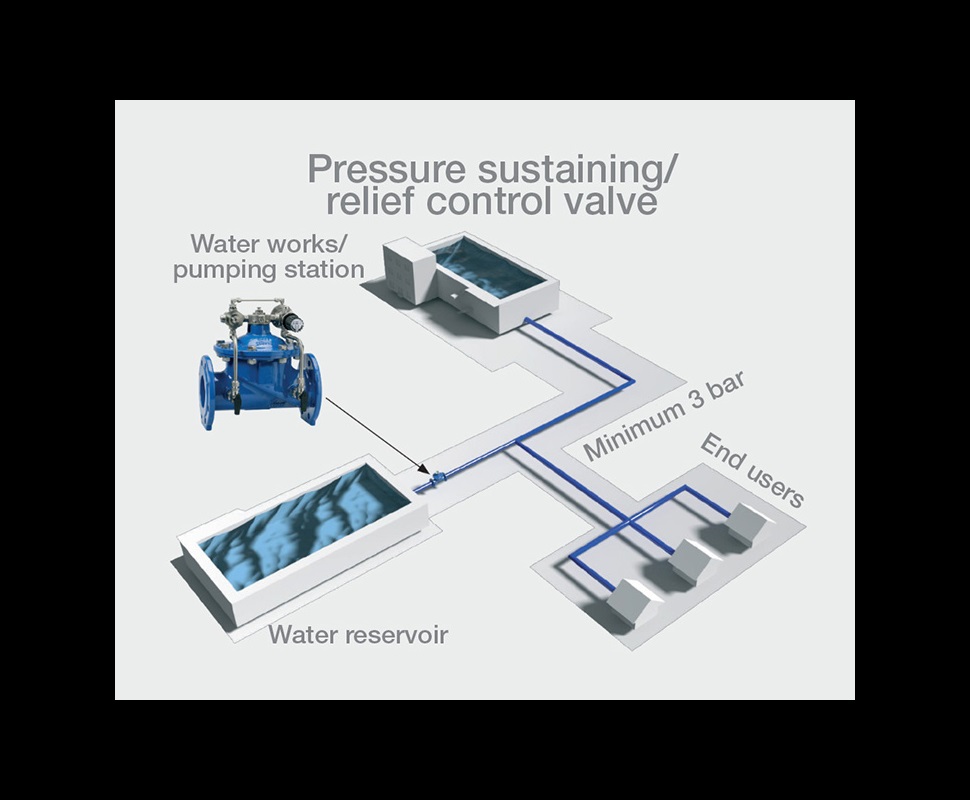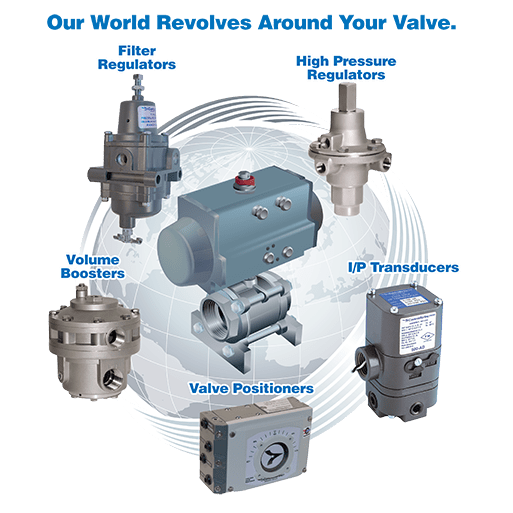How Control Valves Effect Energy Efficiency in Industrial Settings
How Control Valves Effect Energy Efficiency in Industrial Settings
Blog Article

Maximize Power Savings and Comfort With Advanced Building Automation Controls
In the realm of modern-day style and facility management, the integration of advanced structure automation regulates stands as an essential innovation. The convergence of technology and sustainability has birthed a brand-new age where energy efficiency, convenience optimization, and operational streamlining are no more obtainable realities yet remote ambitions. By utilizing the power of automation, buildings can adjust, respond, and progress in manner ins which were as soon as unbelievable. The capacity for significant power cost savings and enhanced convenience is not just an opportunity but a guarantee waiting to be satisfied. This paradigm change in building monitoring holds the essential to opening a world where environmental conscientiousness and owner well-being sympathetically exist together within the wall surfaces of our structures.
Energy Performance Benefits
Power performance benefits can considerably reduce energy intake and operational expenses in buildings. Energy-efficient systems, such as advanced structure automation controls, can maximize the use of sources like lighting, air conditioning, and home heating, leading to reduced power costs over time.
Furthermore, improved power efficiency can prolong the lifespan of structure equipment and systems. By operating extra successfully, heating and cooling systems, lighting fixture, and various other structure elements experience much less wear and tear, resulting in minimized maintenance and substitute prices. Furthermore, energy-efficient buildings usually command greater building values and rental prices, giving lasting financial benefits to proprietors.
Additionally, energy effectiveness can improve passenger convenience and performance. Correctly regulated indoor settings with optimum lighting and thermal conditions create a more pleasant and favorable work area, leading to improved staff member complete satisfaction and performance. Generally, the energy efficiency benefits connected with innovative structure automation controls are diverse, encompassing expense savings, environmental stewardship, and resident health.
Boosted Convenience Control
Enhancing convenience control in building environments needs an innovative combination of sophisticated automation systems for optimum resident well-being. By making use of innovative building automation controls, centers can customize the indoor environment to satisfy the particular needs and preferences of passengers. These systems allow specific policy of air flow, lights, and temperature, creating a effective and comfortable atmosphere. Resident complete satisfaction and performance are carefully connected to thermal convenience, making it necessary to have systems in place that can adjust to transforming problems in real-time.
By incorporating these sophisticated controls, structures can not just improve comfort however likewise improve power performance by optimizing system procedures based on actual occupancy and use patterns. Eventually, prioritizing resident convenience through advanced automation systems leads to an extra enjoyable and much healthier indoor setting.
Functional Efficiency Improvements

Additionally, the implementation of real-time monitoring and analytics devices enables building operators to identify energy inadequacies and operational abnormalities promptly. By continually keeping an eye on energy usage patterns and system efficiency metrics, adjustments can be made in real-time to maximize energy usage and make certain peak operational performance. control valves. Furthermore, incorporating demand response strategies right into structure automation controls can even more enhance operational performance by dynamically changing power usage based on grid problems and prices signals
Indoor Environment Optimization
Reliable interior environment optimization is a fundamental aspect of structure automation controls, making sure passengers' comfort and well-being while optimizing power savings. By using advanced sensing units and controls, developing automation systems can continually change and check temperature level, humidity levels, air quality, and air flow to produce an ideal interior environment. Maintaining comfortable and constant problems not just enhances owner contentment however also improves productivity and general wellness.
Interior climate optimization also plays an important duty in energy effectiveness. By fine-tuning ventilation, home heating, and cooling systems based upon real-time information and occupancy patterns, developing automation controls can substantially minimize power usage - control valves. As an example, implementing strategies such as demand-controlled air flow and thermal zoning can help decrease energy waste while guaranteeing that each area of the building receives the needed conditioning.

Sustainable Setting Development
Structure automation controls not just enhance indoor environment problems for power performance and occupant comfort yet additionally lay the structure for developing a sustainable atmosphere click this via strategic administration of systems and sources. By integrating innovative building automation modern technologies, such as sensing units, actuators, and smart software program, centers can my review here keep an eye on and change energy usage in real-time to lessen waste and decrease their carbon impact. These systems enable predictive maintenance, determining possible issues before they rise and enhancing devices efficiency to improve durability and performance.
Moreover, sustainable atmosphere development prolongs past power administration to include water preservation, waste decrease, and indoor air high quality improvement. Building automation controls can control water usage, identify leaks, and make sure proper waste disposal practices, adding to total sustainability efforts. Additionally, by keeping track of and managing ventilation and filtering systems, these modern technologies boost owner health and efficiency while decreasing power consumption related to a/c procedures.
Final Thought
In verdict, advanced structure automation manages offer considerable advantages in terms of energy financial savings, comfort control, functional effectiveness, interior climate optimization, and creating a lasting environment. By executing these controls, structures can accomplish optimum efficiency while reducing energy usage and boosting occupant comfort. It appears that the use of innovative automation technology is vital in improving structure efficiency and producing a much more lasting future.
Energy effectiveness advantages can dramatically minimize energy usage and operational expenses in structures. Overall, the power performance advantages connected with sophisticated structure automation controls are complex, encompassing price financial savings, ecological stewardship, and occupant wellness.
Furthermore, including need action approaches right into structure automation controls can further boost operational effectiveness by dynamically readjusting power use based on grid conditions and rates signals.
Building automation manages not only enhance indoor environment conditions for power efficiency and owner convenience yet additionally lay the foundation for creating a lasting environment through critical administration of sources and systems.In conclusion, advanced structure automation manages deal substantial benefits in terms of power financial savings, comfort control, functional performance, indoor environment optimization, and developing a sustainable setting.
Report this page